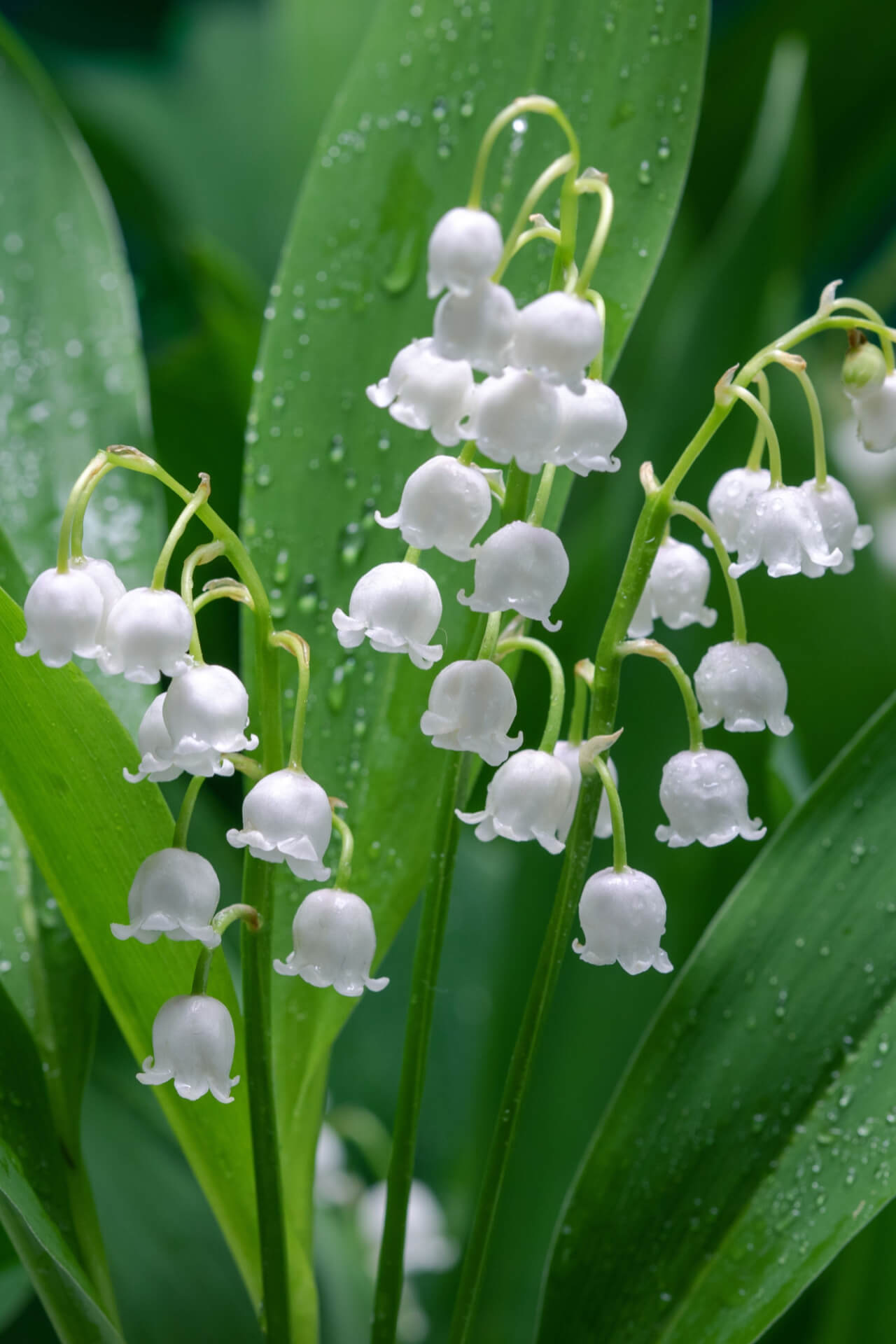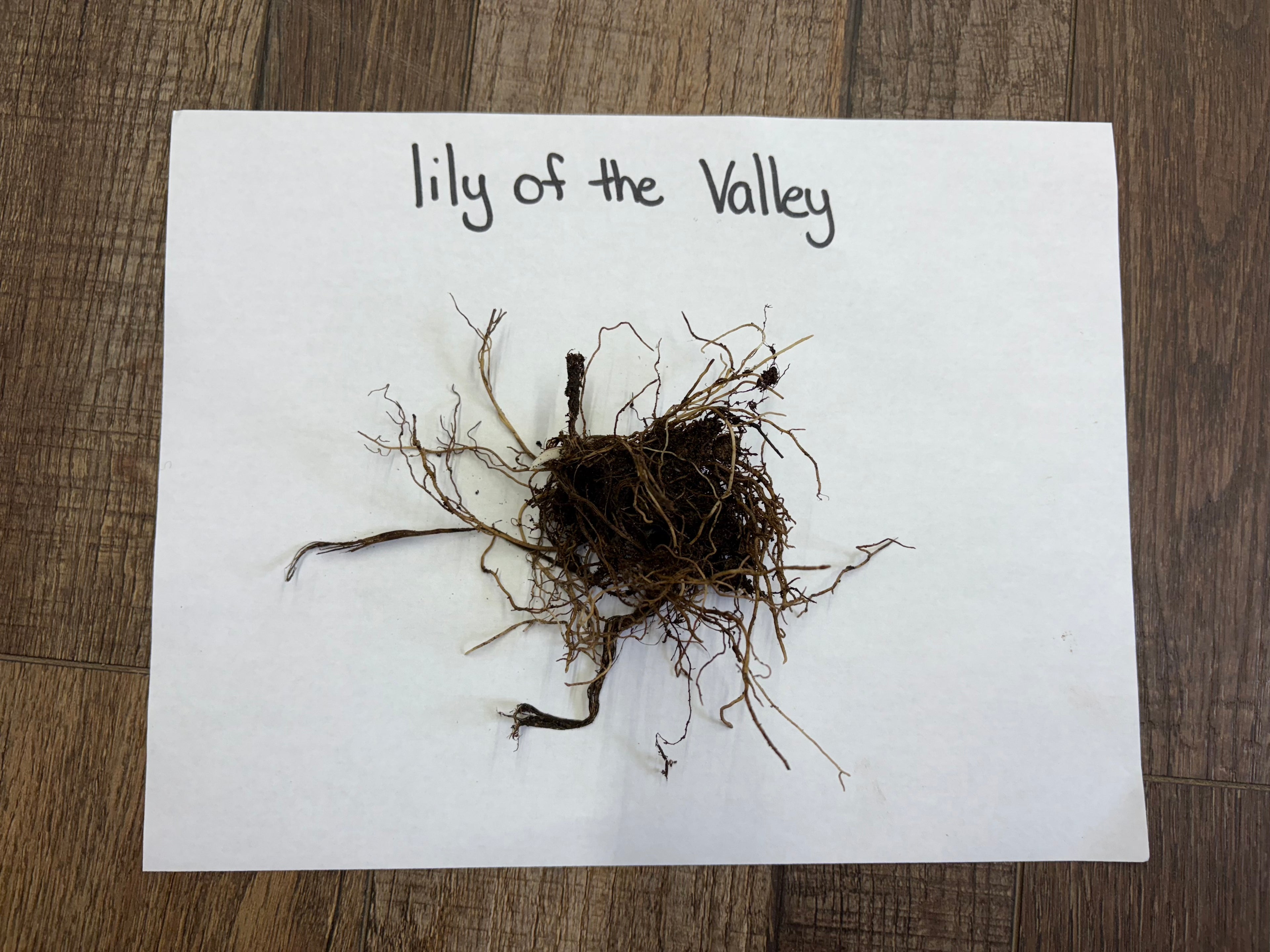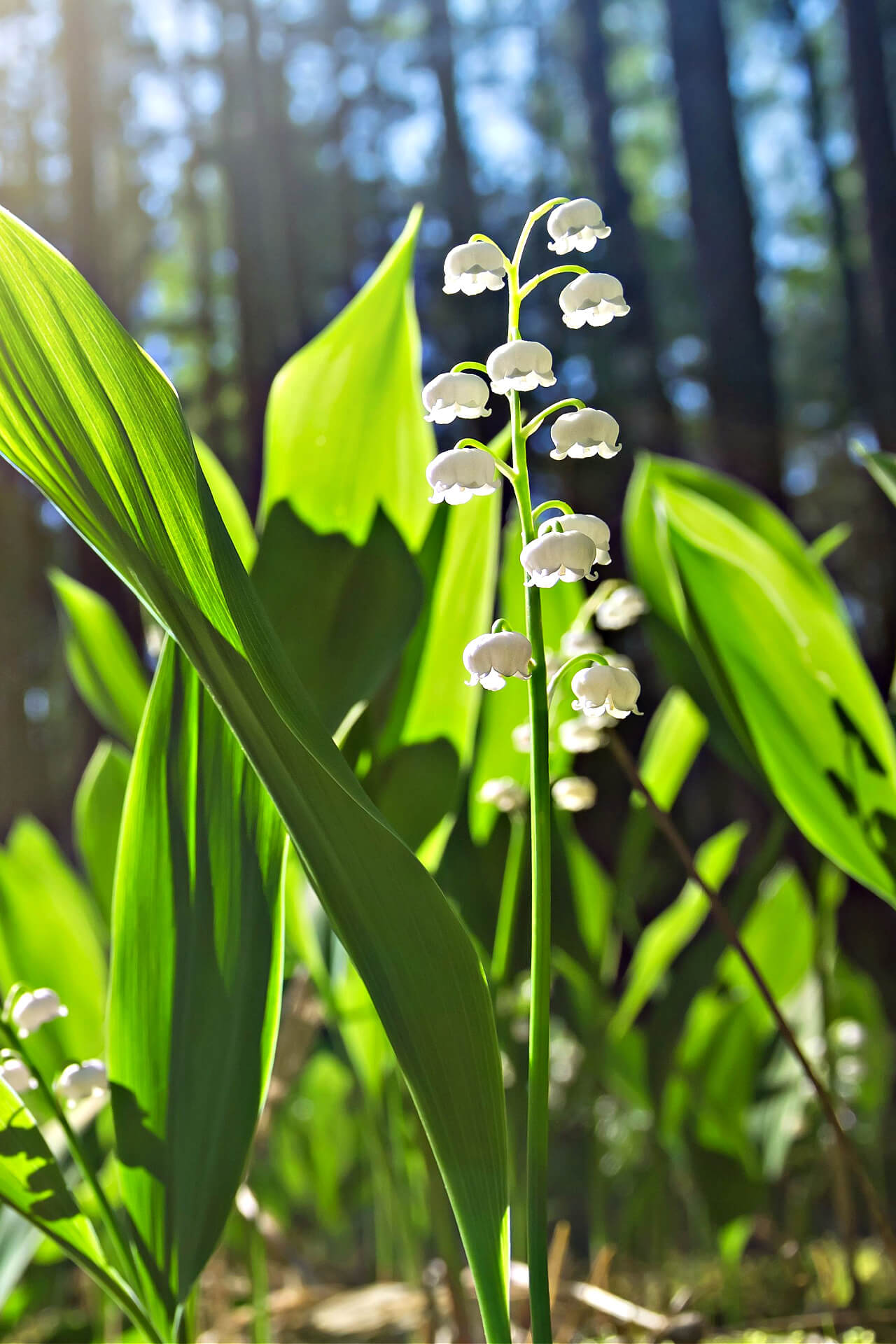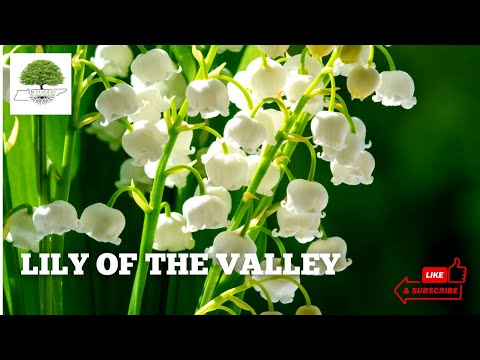Lily of the Valley Plants For Sale
The Lily of the Valley (convallaria majalis) is a fragrant perennial flower you may have heard of in songs, poems, or stories. It is a European and Asian native, prized by the Royal Horticultural Society for its delicacy and association with purity and beauty.
It was introduced to the United States from Europe and has since naturalized. Due to its rapid growth rate and aggressive spread properties, it is still considered invasive in many parts of the Midwest; however, its tendency to overpower is mostly a problem in lawns and gardens.
Lily of the Valley Plant Details
Family: Asparagaceae
Light Requirement: Partial shade
Water Needs: Moderate
Height: 6-12 in
Spread: 12 in
Growth Rate: Fast
Soil Preference: Loamy, Moist
Bloom Time: April, May
Flower Color: White
Wildlife Value: Moths, Butterflies, Beetles
Noteworthy Characteristics of Convallaria Majalis
This delicate plant is actually considered a ground cover, despite the fact that it can reach up to 12 inches high. This is because its foliage is rather low-growing and lush, with pairs of wide, oval leaves that come to a point all around the plant.
The leaves create a dense mat of foliage around the base, and can be nearly as long as the plant is tall, creating a ground cover effect. The leaves of Lily of the Valley are a deep emerald green and lightly ribbed, and sturdy but flexible. Their wide, round shape makes them perfect to catch the raindrops this plant enjoys.
Landscape Uses and Maintenance
This is a very fragrant flower that thrives in the shade. It enjoys moist, well-drained soil that is full of organic compounds, making it a perfect use for your compost. The white, bell-shaped flowers can be found in groups of 5 to 15 at the end of this plant’s thin stem, hanging down like pendants opening towards the ground.
They can swing freely in the breeze due to their thin stems connecting them to the main stem, which gives them an even further bell-like appearance, as the tiny blooms ring delicately. The Lily of the Valley flower is an utter beauty, and its bright white and deep emerald colors will glow in your shady garden.
We create with intention. Our products solve real problems with clean design and honest materials.
Exposure
Lily of the Valley flourishes best in partial to full shade and prefers more excellent, moist conditions. It can tolerate dappled sunlight but does not do well in full sun. Plant it in an area with filtered light or morning sun and afternoon shade for optimal results.
Height at Maturity
Under 12"
Usage
Shade Plant
Shipped As
Bare-root
Ships
USPS
Planting Zones
3-8
How To Grow & Care Tips
How to Grow and Care for Bare Root Perennials, Tubers, and Bulbs
Bare root perennials, tubers, and bulbs are an easy and economical way to jumpstart your garden with lasting beauty. These dormant plants should be planted in early spring or fall while the soil is cool and workable. Before planting, soak bare roots in water for 1–2 hours to rehydrate them. Choose a location based on the plant’s light needs—most flowering types prefer full sun, while others thrive in partial shade.
For bare root perennials, dig a shallow hole and spread the roots out naturally, ensuring the crown is level with the soil surface. For tubers and bulbs, plant with the pointed side facing up at a depth about two to three times their height. Cover with soil, gently press down, and water thoroughly.
Keep soil consistently moist (not soggy) until new growth appears. Add mulch to retain moisture and suppress weeds, but avoid covering the crown or bulb tops. Once established, these plants require little maintenance—just seasonal watering, occasional dividing, and deadheading or pruning as needed. With proper care, they’ll return and thrive year after year.




